|
|
|
#1 |
|
Avalon Senior Member
Join Date: Sep 2008
Location: So. Cal. U.S.
Posts: 4,205
|
I'm sure most of you are familiar with APOD (Astronomy Picture of the Day), and it's probably been posted before, but here it is again for those that haven't seen it!
http://antwrp.gsfc.nasa.gov/apod/ap091102.html and Archives... http://antwrp.gsfc.nasa.gov/apod/archivepix.html 2009 November 2 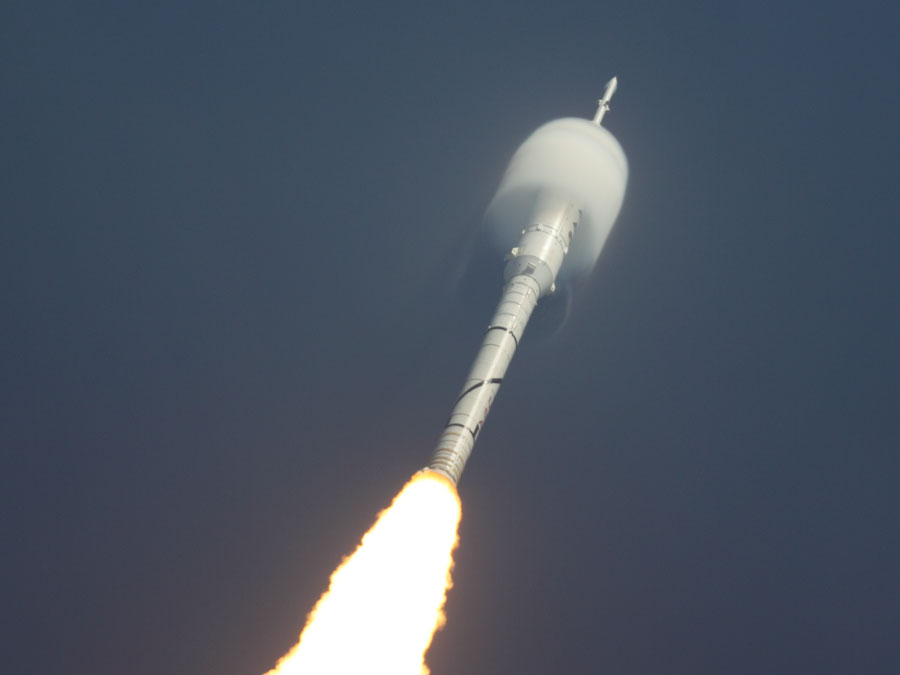 Ares 1-X Rocket Lifts Off Ares 1-X Rocket Lifts Off Credit & Copyright: Rory A. Duncan (United Space Alliance) Last edited by Dantheman62; 11-07-2009 at 05:46 AM. |
|
|

|
|
|
#2 |
|
Avalon Senior Member
Join Date: Sep 2008
Location: So. Cal. U.S.
Posts: 4,205
|
2009 November 6
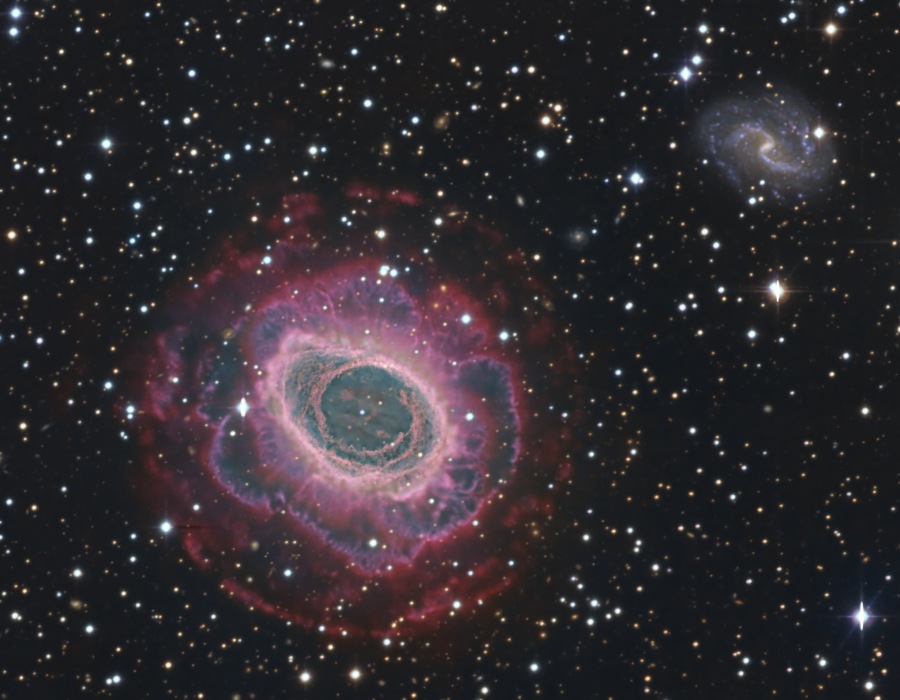 Ring Nebula Deep Field Ring Nebula Deep Field Credit & Copyright: Vicent Peris (DSA / OAUV / PixInsight), Jack Harvey (DSA / SSRO), Steve Mazlin (DSA / SSRO), Jose Luis Lamadrid (DSA / ceFca), Ana Guijarro (CAHA), RECTA, DSA. 2009 October 22 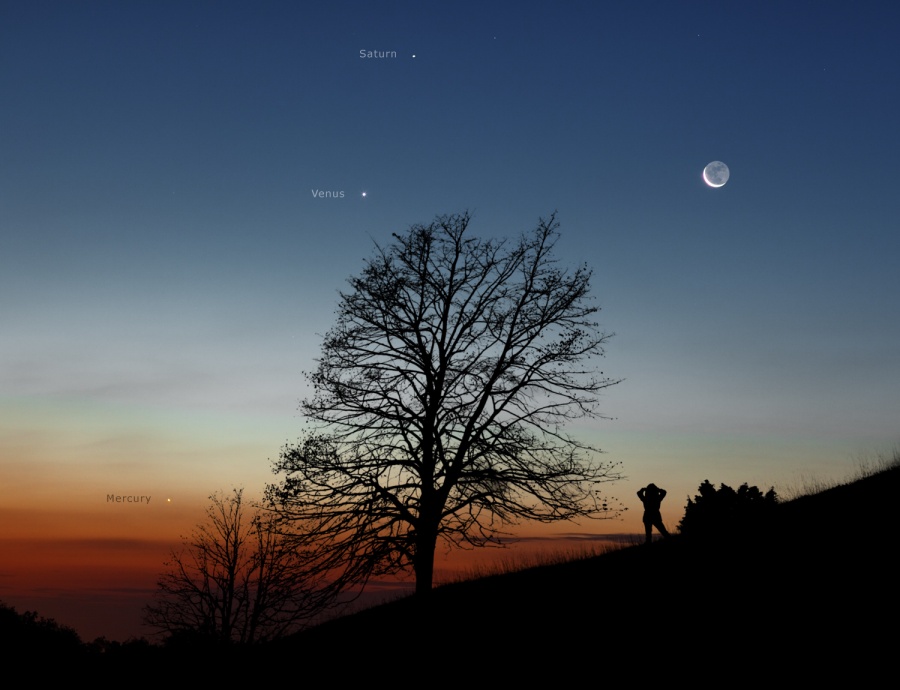 Moon and Planets in the Morning Moon and Planets in the Morning Credit & Copyright: Stefan Seip (TWAN) |
|
|

|
|
|
#3 |
|
Avalon Senior Member
Join Date: Sep 2008
Location: So. Cal. U.S.
Posts: 4,205
|
2009 November 3
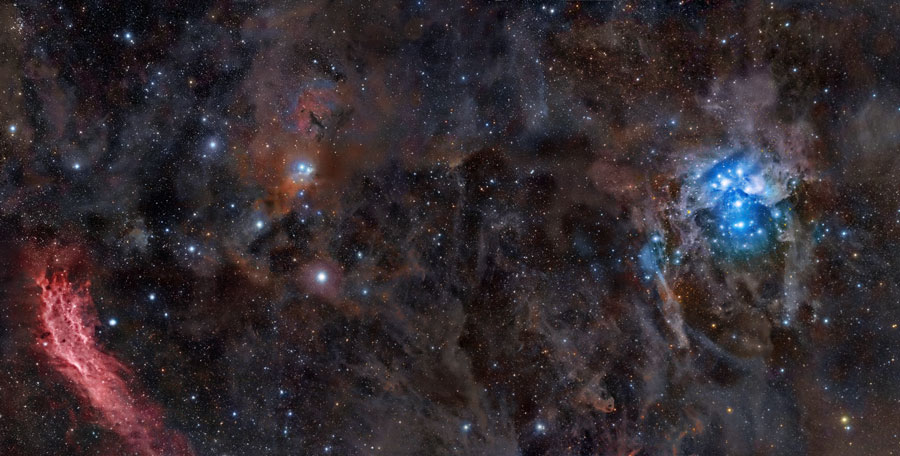 Seven Sisters Versus California Seven Sisters Versus California Credit & Copyright: Rogelio Bernal Andreo (Deep Sky Colors) 2009 October 28 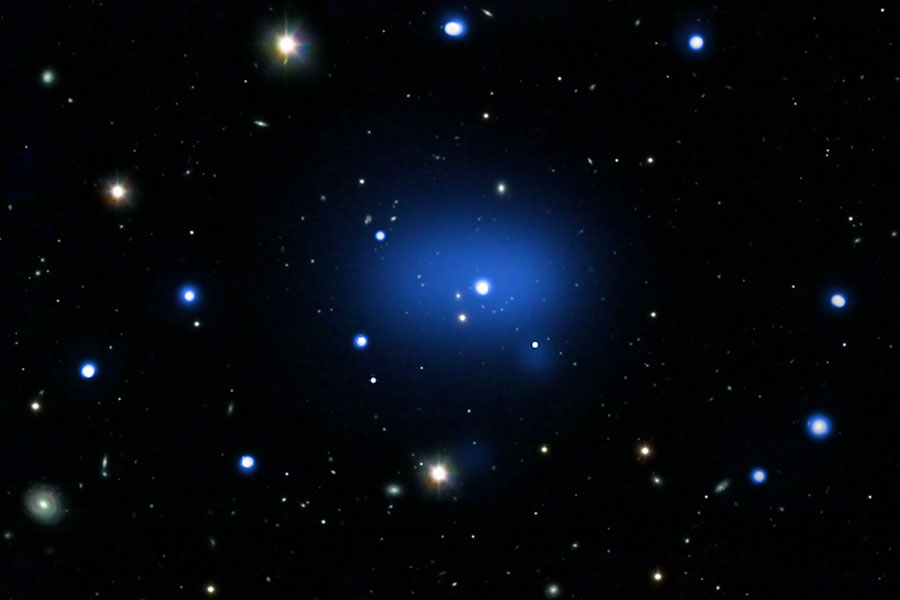 JKCS041: The Farthest Galaxy Cluster Yet Measured JKCS041: The Farthest Galaxy Cluster Yet Measured Credit: X-ray: NASA, CXC, INAF, S. Andreon et al.; Optical: DSS, ESO/VLT 2009 October 26 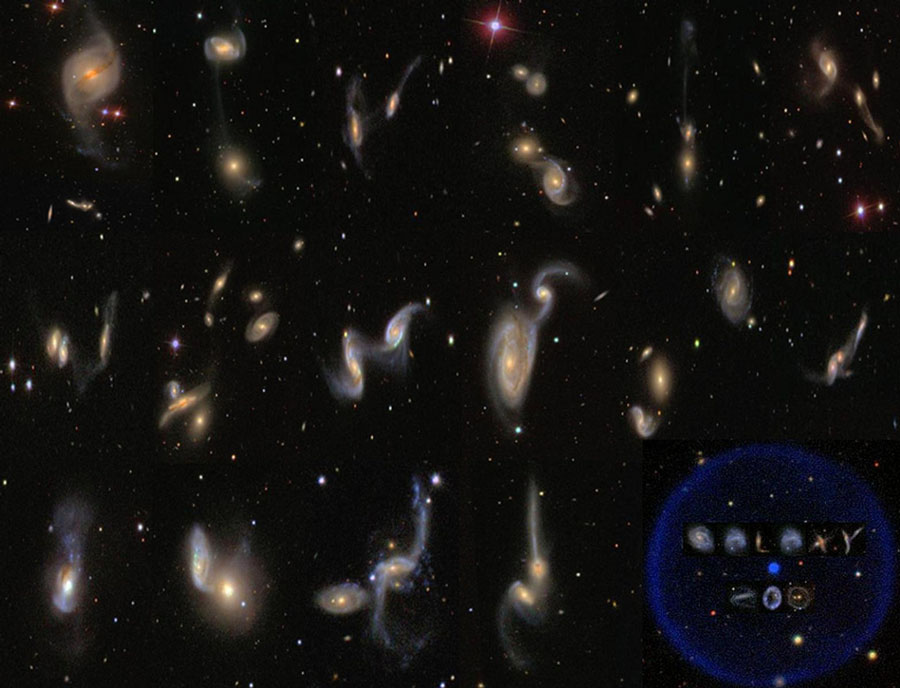 Galaxy Zoo Catalogs the Universe Galaxy Zoo Catalogs the Universe Credit & Copyright: SDSS, Galaxy Zoo; Composite: Richard Nowell & Hannah Hutchins |
|
|

|
|
|
#4 |
|
Avalon Senior Member
Join Date: Oct 2008
Posts: 3,117
|
I like the Ring Nebula ...it looks like a spiral in the center
 Very lovely Very lovely  |
|
|

|
|
|
#5 |
|
Avalon Senior Member
Join Date: Sep 2008
Location: So. Cal. U.S.
Posts: 4,205
|
2009 October 21
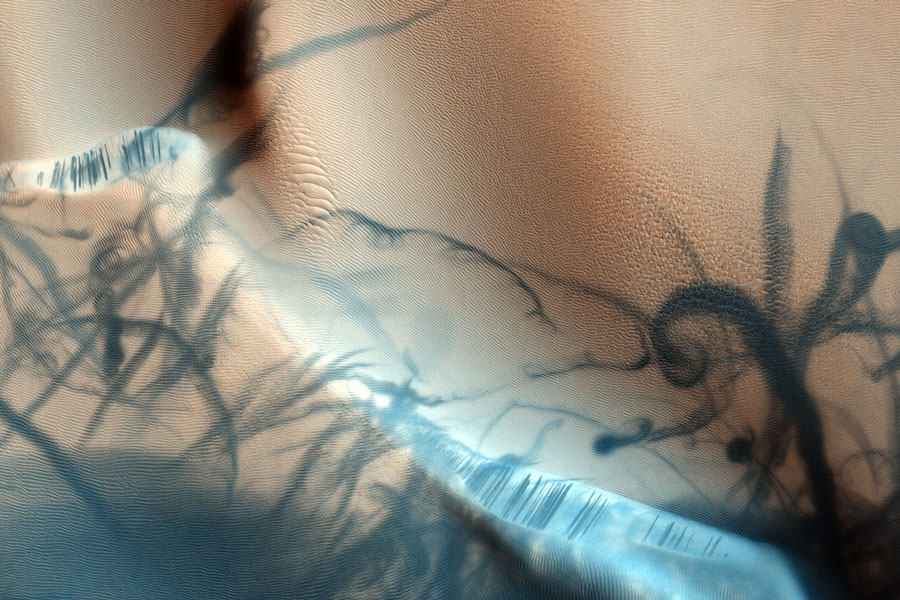 Martian Dust Devil Trails Martian Dust Devil Trails Credit: HiRISE, MRO, LPL (U. Arizona), NASA 2009 October 15 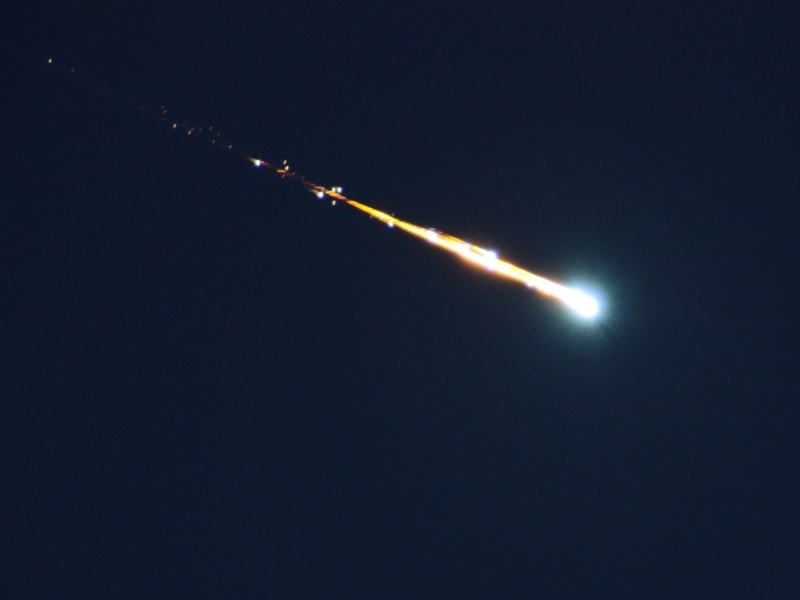 Fireball Meteor Over Groningen Fireball Meteor Over Groningen Credit & Copyright: Robert Mikaelyan 2009 October 14 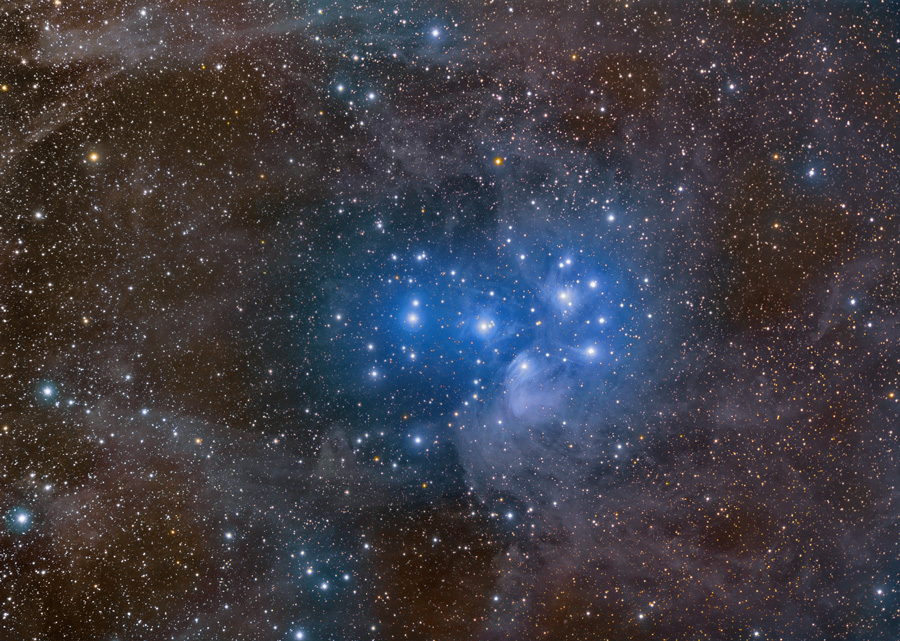 Pleiades and Stardust Pleiades and Stardust Credit & Copyright: Rogelio Bernal Andreo (Deep Sky Colors) 2009 October 12 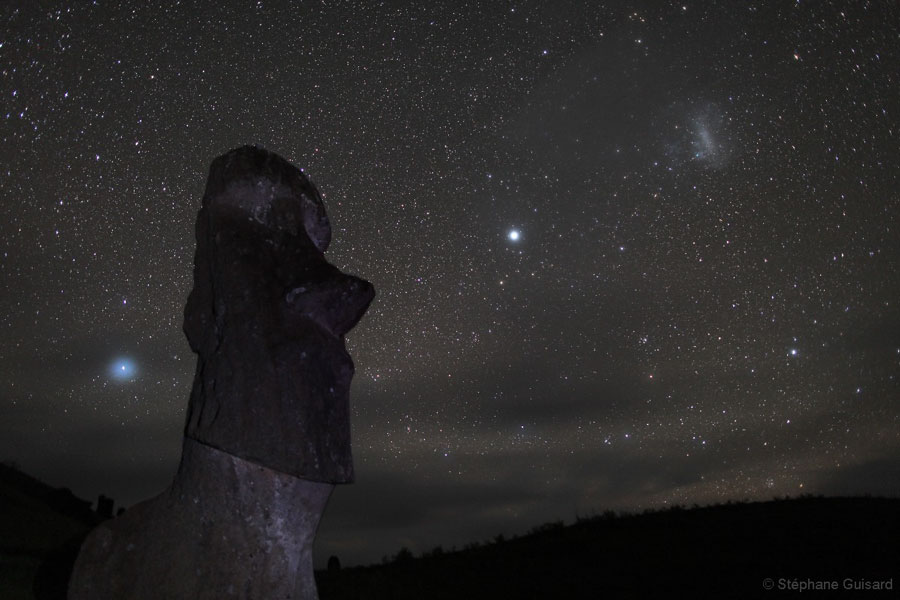 Stars Over Easter Island Stars Over Easter Island Credit & Copyright: Stéphane Guisard (Los Cielos de Chile), TWAN |
|
|

|
|
|
#6 |
|
Avalon Senior Member
Join Date: Sep 2008
Location: So. Cal. U.S.
Posts: 4,205
|
|
|
|

|
|
|
#7 |
|
Avalon Senior Member
Join Date: Oct 2008
Posts: 3,117
|
Hay Dan....go to 2007 May 28 ..the hole in Mars.....What the heck is that?
 And post it...because I cannot...argh |
|
|

|
|
|
#8 |
|
Avalon Senior Member
Join Date: Sep 2008
Location: So. Cal. U.S.
Posts: 4,205
|
2007 May 28
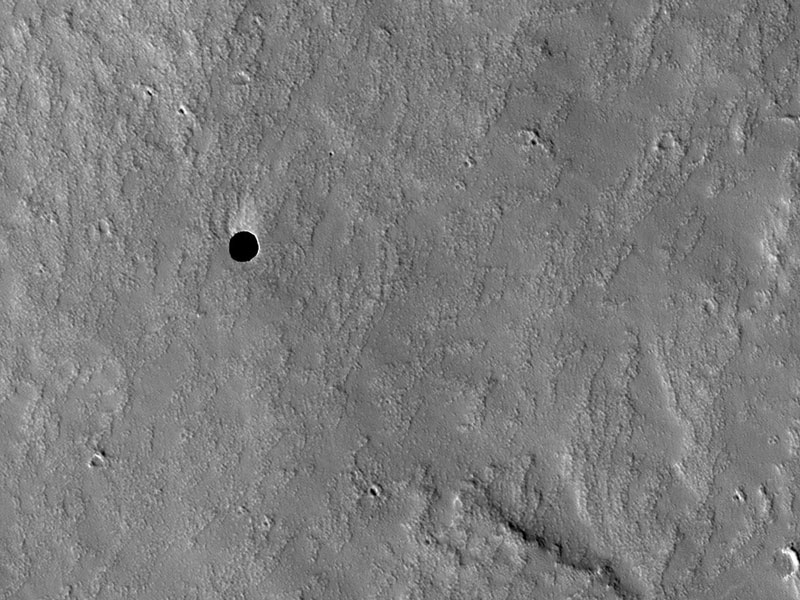 A Hole in Mars A Hole in Mars Credit: NASA, JPL, U. Arizona Explanation: Black spots have been discovered on Mars that are so dark that nothing inside can be seen. Quite possibly, the spots are entrances to deep underground caves capable of protecting Martian life, were it to exist. The unusual hole pictured above was found on the slopes of the giant Martian volcano Arsia Mons. The above image was captured three weeks ago by the HiRISE instrument onboard the Mars Reconnaissance Orbiter currently circling Mars. The holes were originally identified on lower resolution images from the Mars Odyssey spacecraft, The above hole is about the size of a football field and is so deep that it is completely unilluminated by the Sun. Such holes and underground caves might be prime targets for future spacecraft, robots, and even the next generation of human interplanetary explorers. |
|
|

|
|
|
#9 |
|
Avalon Senior Member
Join Date: Oct 2008
Posts: 3,117
|
That is so strange looking to me
 And it must be HUGE! And it must be HUGE!
|
|
|

|
|
|
#10 |
|
Avalon Senior Member
Join Date: Sep 2008
Location: So. Cal. U.S.
Posts: 4,205
|
 This feature on Mars is a candidate cavern entrance. It is northeast of Arsia Mons – one of the four giant Tharsis volcanoes on the red planet. Credit: NASA/JPL/University of Arizona |
|
|

|
|
|
#11 |
|
Avalon Senior Member
Join Date: Sep 2008
Location: So. Cal. U.S.
Posts: 4,205
|
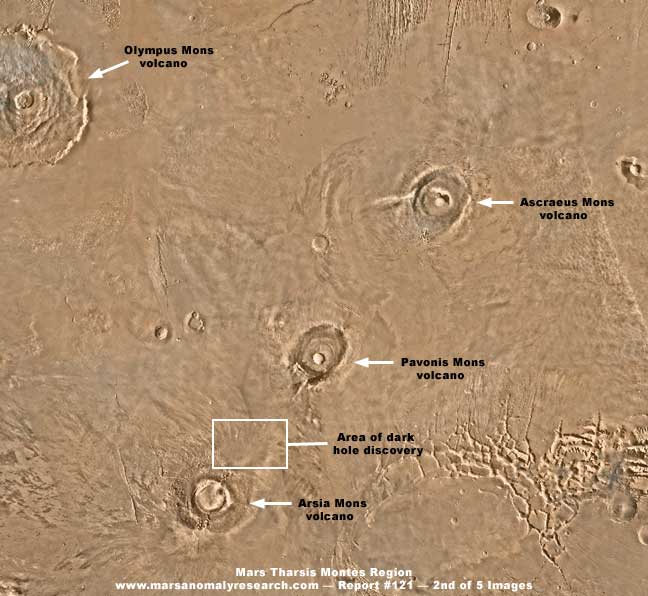
|
|
|

|
|
|
#12 |
|
Avalon Senior Member
Join Date: Sep 2008
Location: So. Cal. U.S.
Posts: 4,205
|
|
|
|

|
|
|
#13 |
|
Avalon Senior Member
Join Date: Oct 2008
Posts: 3,117
|
Now how do they know that's a volcano? Wouldn't it have a mountainous peak? it looks flat to the surface.
|
|
|

|
|
|
#14 |
|
Avalon Senior Member
Join Date: Sep 2008
Location: So. Cal. U.S.
Posts: 4,205
|
It's not a volcano, it's just near volcanos.
|
|
|

|
|
|
#15 |
|
Avalon Senior Member
Join Date: Oct 2008
Posts: 3,117
|
Oh...

|
|
|

|
|
|
#16 |
|
Avalon Senior Member
Join Date: Sep 2008
Location: So. Cal. U.S.
Posts: 4,205
|
I like the last picture where you can actually see an inside wall going down!
|
|
|

|
|
|
#17 |
|
Avalon Senior Member
Join Date: Oct 2008
Posts: 3,117
|
Yeah..me too. Wonder what is down there

|
|
|

|
|
|
#18 |
|
Avalon Senior Member
Join Date: Sep 2008
Location: So. Cal. U.S.
Posts: 4,205
|
HaHa

|
|
|

|
|
|
#19 |
|
Avalon Senior Member
Join Date: Sep 2008
Location: So. Cal. U.S.
Posts: 4,205
|
|
|
|

|
|
|
#20 |
|
Avalon Senior Member
Join Date: Oct 2008
Posts: 3,117
|
|
|
|

|
|
|
#22 |
|
Avalon Senior Member
Join Date: Sep 2008
Location: So. Cal. U.S.
Posts: 4,205
|
2009 November 7
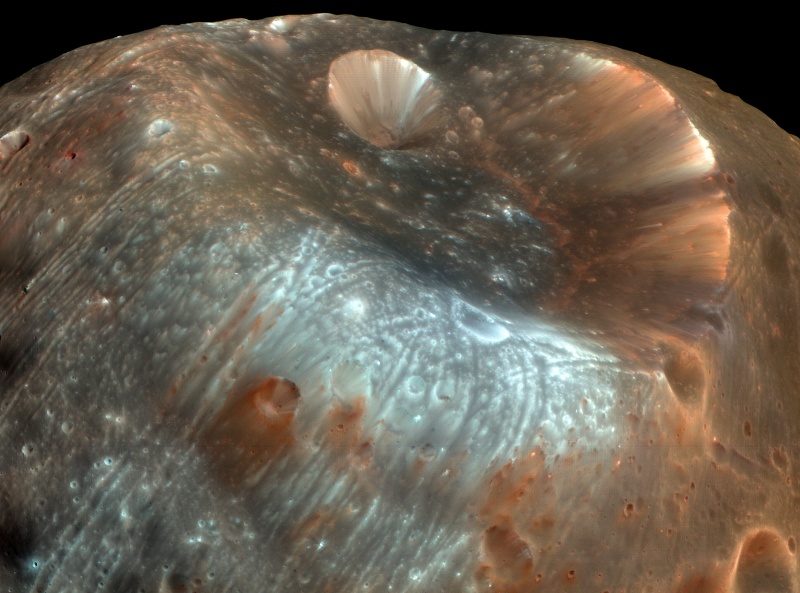 Stickney Crater Stickney Crater Credit: HiRISE, MRO, LPL (U. Arizona), NASA Explanation: Stickney Crater, the largest crater on the martian moon Phobos, is named for Chloe Angeline Stickney Hall, mathematician and wife of astronomer Asaph Hall. Asaph Hall discovered both the Red Planet's moons in 1877. Over 9 kilometers across, Stickney is nearly half the diameter of Phobos itself, so large that the impact that blasted out the crater likely came close to shattering the tiny moon. This stunning, enhanced-color image of Stickney and surroundings was recorded by the HiRISE camera onboard the Mars Reconnaissance Orbiter as it passed within some six thousand kilometers of Phobos in March of 2008. Even though the surface gravity of asteroid-like Phobos is less than 1/1000th Earth's gravity, streaks suggest loose material has slid down inside the crater walls over time. Light bluish regions near the crater's rim could indicate a relatively freshly exposed surface. The origin of the curious grooves along the surface is mysterious but may be related to the crater-forming impact. |
|
|

|
|
|
#23 |
|
Avalon Senior Member
Join Date: Sep 2008
Location: So. Cal. U.S.
Posts: 4,205
|
2009 February 6
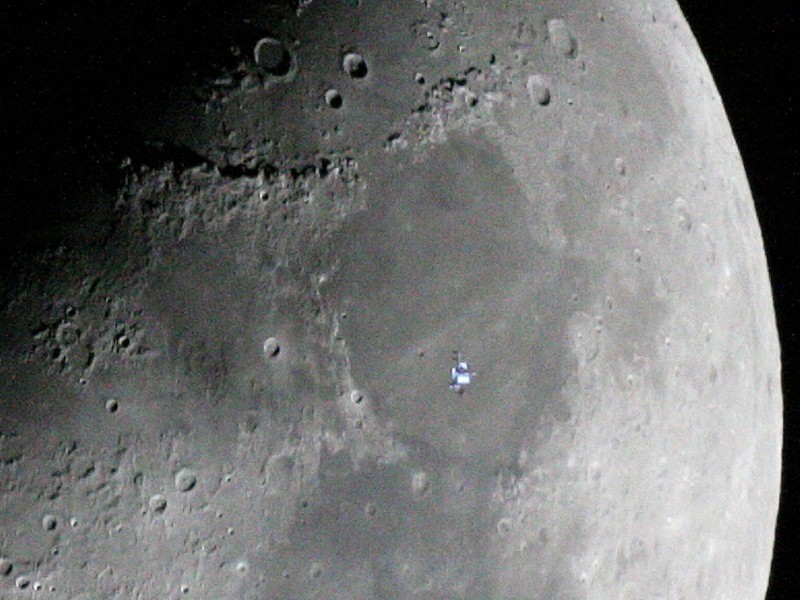 Space Station in the Moon Space Station in the Moon Credit & Copyright: Eric J. Zbinden Explanation: On February 2nd, a first quarter Moon shone in planet Earth's early evening sky. As seen from a location on the US west coast near Mt. Hamilton, California, the International Space Station also arched above the horizon, crossing in front of the Moon's sunlit surface. The space station's transit lasted 0.49 seconds. |
|
|

|
|
|
#24 |
|
Avalon Senior Member
Join Date: Sep 2008
Location: So. Cal. U.S.
Posts: 4,205
|
|
|
|

|
|
|
#25 |
|
Avalon Senior Member
Join Date: Oct 2008
Posts: 3,117
|
I like the colors in this one
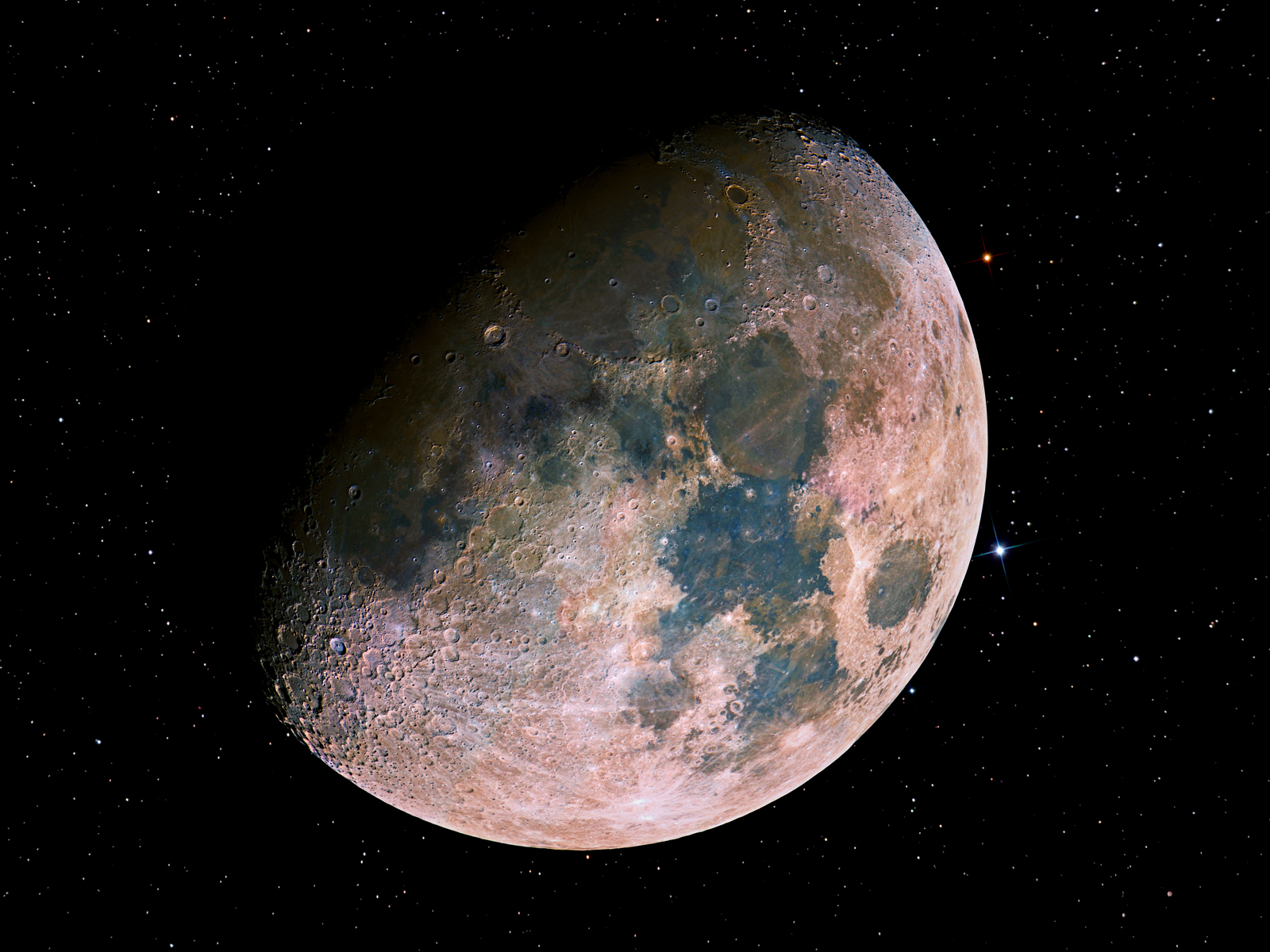
|
|
|

|
 |
«
Previous Thread
|
Next Thread
»
|
|
All times are GMT. The time now is 11:57 PM.




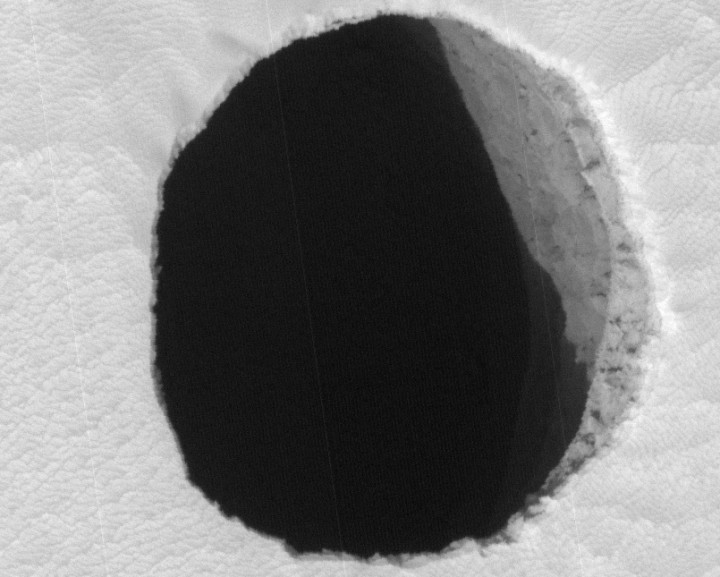


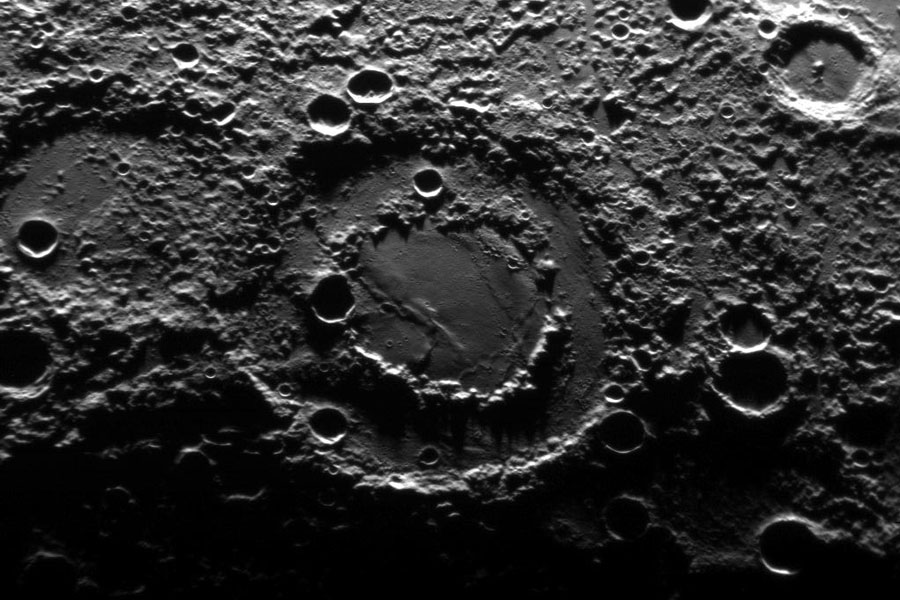
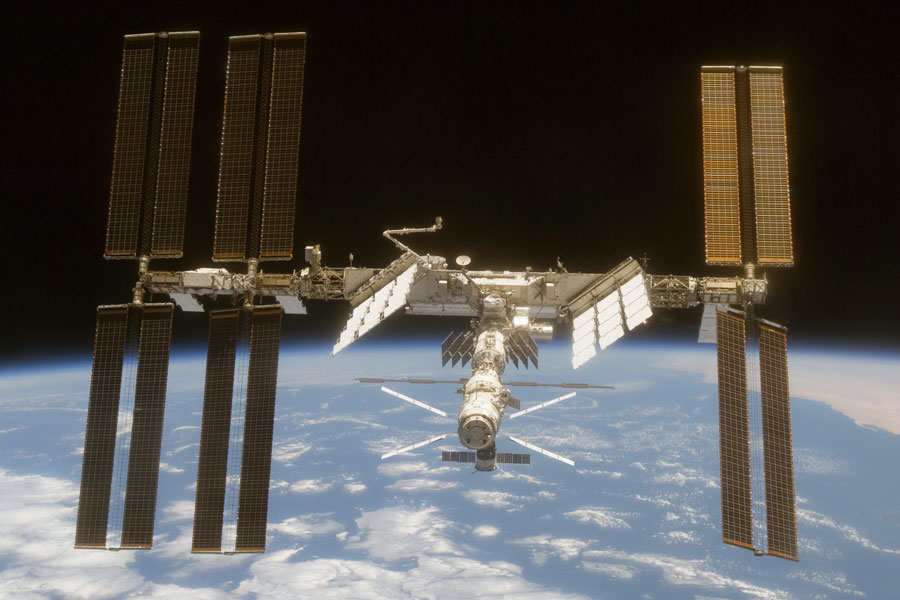
 Linear Mode
Linear Mode

